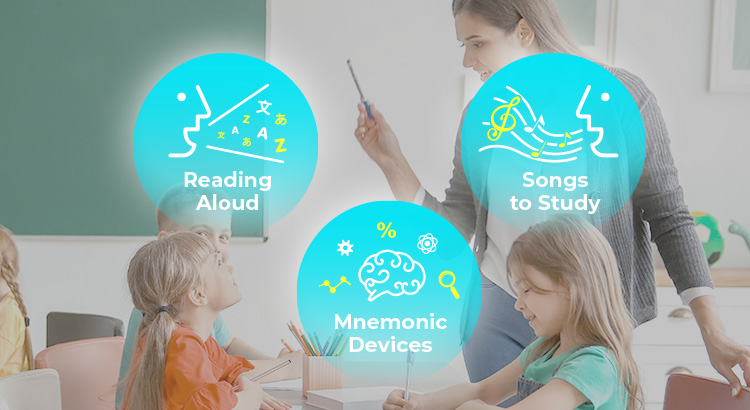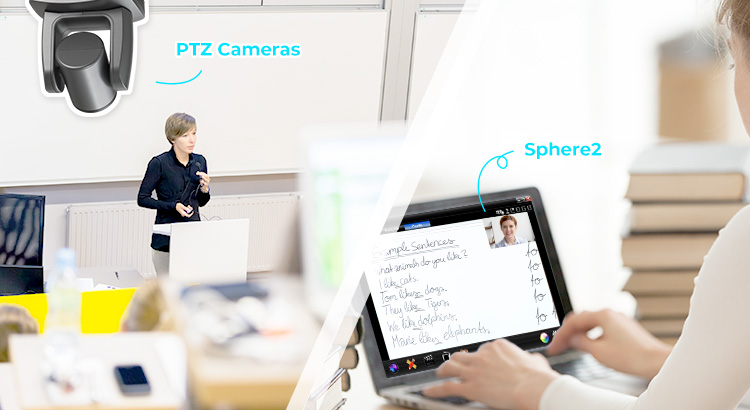
Quick Links
Part 1 of our series on the way technology helps teachers engage each of the seven learning styles covered visual learners. We’ll eventually get to aural, logical, physical, social, and solitary. However, next up is an examination of EduTech’s positive impact on students who possess the verbal (or linguistic) learning style.
What Is a Verbal Learner?

Verbal learners love language, whether it is written or spoken. Therefore, a traditional classroom with a lecturer working off of textbooks and blackboard or PowerPoint notes gives students with this learning style the resources they need to succeed. Education experts suggest that this type of learner should use methods such as reading notes out loud, mnemonic devices, and songs to study.
How Does EduTech Help Verbal Learners?
If a verbal learner relies on words to pick up information, then aren’t books, lectures, and notes enough? Won’t too many pictures, videos, and interactive apps just get in the way? Of course not!
Education technology is a perfect complement to traditional materials. It delivers the linguistic sustenance that verbal learners need at the touch of a button and the swipe of a finger, all in an ergonomic form. Why limit these types of learners to a single bookshelf when they can access full libraries of volumes on whatever subject inspires them via a tablet? And don’t forget about video after video of educational lectures and podcasts available at the tap of the YouTube app.

There are many ways to use the latest devices for teaching verbal learners. Take a moment to peruse the following language-based learning applications of education technology:
- Teachers can take advantage of the voice recording feature available on most AVer visualizers and give verbal learners language to process in videos of dissections, science experiments, and more.
- For distance learning, the AVer PTC500S Auto Tracking Camera’s Segment Tracking Mode perfectly captures lecture notes and other whiteboard content to deliver an experience that is optimized for verbal learners.
- AVer’s PTZ310 and PTZ330 lecture capturing cameras can also be used to make video calls for one-on-one tutoring sessions, giving verbal learners direct access to the spoken instruction they need.
- Software solutions like AVer’s A+ Suite allow quick access to even more linguistic content; for example, a teacher can connect an AVer visualizer to student tablets with Sphere2, using the annotation tool to add text to a projected 3D model or share a vowel pronunciation chart with text descriptions (like this one) for linguistic learners.
There’s no doubt that EduTech innovations greatly enhance verbal learners’ classroom experience. Unless technology reaches the point of telepathic communication or direct uploading of content to the human brain, advancements will continue using verbal language and significantly benefiting those who learn linguistically.
About the Author

Aaron Case is a Brand Communication Strategist at AVer Information, working out of Taipei, Taiwan. He crafts press releases, blog posts, and other marketing materials to support AVer's global branding efforts.